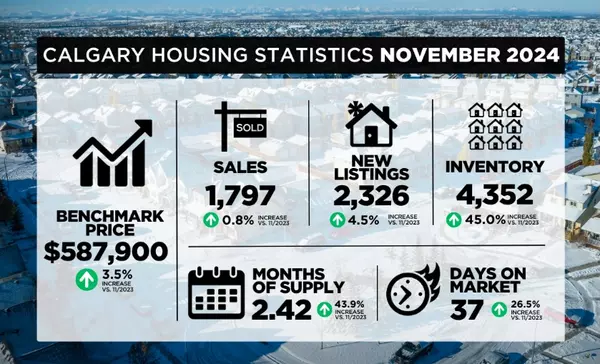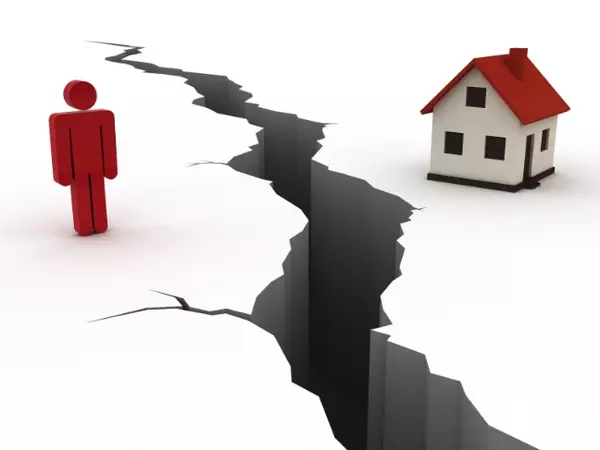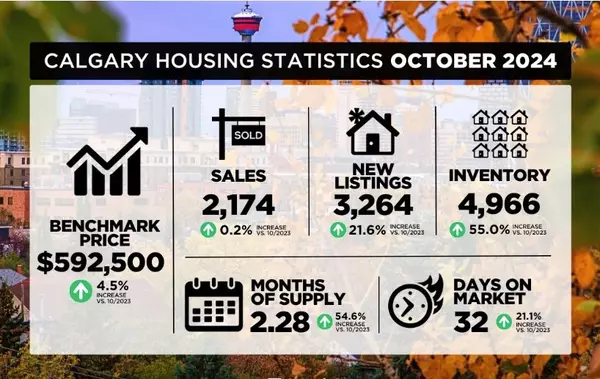Contaminated property? Know your environmental disclosure obligations in Western Canada
Pop quiz – You just received a Phase II environmental site assessment for a property that you own. It reveals contamination at the property that is in excess of the applicable standards. Are you obligated to do anything with this information? Unfortunately, the answer is not as simple as one would hope.
These days, it is a fairly common occurrence to come into possession of environmental reports. These reports are frequently obtained by purchasers as a part of due diligence when acquiring properties or businesses. Reports are also required by lenders in connection with most commercial real estate financing transactions. What happens when you obtain a report that discloses a problem that you did not cause? Is there any obligation to disclose this to the regulator?
The answer to this question may depend on what jurisdiction the site is located in and who you are. This article will briefly survey the provincial laws across Western Canada.
Manitoba
In Manitoba, the owner or occupier of a site must notify the provincial regulator in writing when they become aware of information that indicates the site has been contaminated at a level that exceeds applicable standards. This means that if you are an owner or occupier (which includes a tenant) of a site and you become aware that the site is contaminated, you have a duty to report this to the regulator. This includes providing the regulator with copies of all reports and any other documents in your possession respecting the site’s contamination. This would include a Phase II environmental site assessment that reveals exceedances. In most cases, this will result in the property being designated as a “contaminated site” or an “impacted site” and an obligation on the owner to prepare a remediation plan (or demonstrate why they are not responsible for the contamination).
In Manitoba, this duty only falls on owners and occupiers of the impacted site. So, it would not apply to a prospective purchaser until they take ownership of the site. The duty would apply to the current owner if the purchaser provided a copy of a report disclosing contamination. Likewise, while this duty to disclose would not apply to a lender (unless they were to later take title to mortgaged property as part of an enforcement action), it would apply to the owner/borrower.
Saskatchewan
In Saskatchewan, the owner or occupier of a site must report the discovery of a substance on the site if: (a) the substance may cause or is causing an adverse effect; (b) the substance could pose a serious risk to the environment or public health or safety; or (c) the amount of the substance exceeds the Table 2 Reportable Concentrations in the Saskatchewan Environmental Code. This obligation is only triggered if the owner or occupier (including a tenant) has knowledge of the contamination. There is no positive obligation to investigate a site, absent a release or discovery, or the issuance of an environmental protection order.
If an owner or occupier obtains a Phase II environmental site assessment that discloses contamination meeting any of the above criteria, this would most likely qualify as a “discovery.” The owner or occupier would have an obligation to report to the regulator, unless the discovery has already been reported. In Saskatchewan, the duty to report falls on owners and occupiers, a person who discovers a substance while working, or a police officer or municipal employee who is informed of or who investigates a discovery. A prospective purchaser or lender would not be required to disclose the report unless they took ownership of the site.
Alberta
In Alberta, any person who has control over a substance released into the environment that is causing or has caused an adverse effect has an obligation to report it as soon as they become aware of the release, unless the person has reasonable grounds to believe the regulator is already aware of it. Adverse effect means impairment or damage to the environment, human health or safety or property.
The Alberta regulator takes the position that historic contamination which exceeds the applicable Tier 1 or Tier 2 guidelines and that is not attributable to natural conditions must be reported. This means that an owner or occupier of a site may have a duty to report contamination if they have ownership, charge, management or control of a substance and are aware of ongoing or existing contamination.
This reporting would then trigger obligations to remediate within two years after the person becomes aware of the contamination or to submit a remediation action plan if this two-year timeframe is not sufficient to remediate the site. However, absent knowledge (or implied knowledge) of contamination, these obligations would only be triggered on issuance of an environmental protection order if the property is designated as a “contaminated site.”
In Alberta, a potential buyer or lender who obtains a Phase II site assessment would not have an obligation to report unless they took ownership of the site. However, the site’s owner or occupier may have an obligation to report if they have knowledge of the substance in question, assuming the substance may cause, is causing or has caused an adverse effect.
British Columbia
In B.C., any person who has possession, charge or control over a substance introduced into the environment that has the potential to cause adverse effects must report it to the regulator. Adverse effects means impairment or damage to the environment, human health or infrastructure. This means that an owner or occupier of a site may have a duty to report contamination if they have possession, charge, or control of a substance and are aware of ongoing or existing contamination. Any person conducting independent remediation must also report to the regulator if they become aware that a substance has migrated or is likely to have migrated to a neighbouring site.
An owner in B.C. must provide a site disclosure statement to a potential buyer if the owner knows, or reasonably should know, that the site has been used for certain industrial or commercial uses.
If a site is contaminated or potentially contaminated, the regulator may order an owner or operator to undertake a site investigation, issue a remediation order or enter into a voluntary remediation agreement with the owner or operator of the site.
Credit: https://www.mltaikins.com/environmental/contaminated-property-know-your-environmental-disclosure-obligations-in-western-canada/
Categories
Recent Posts











